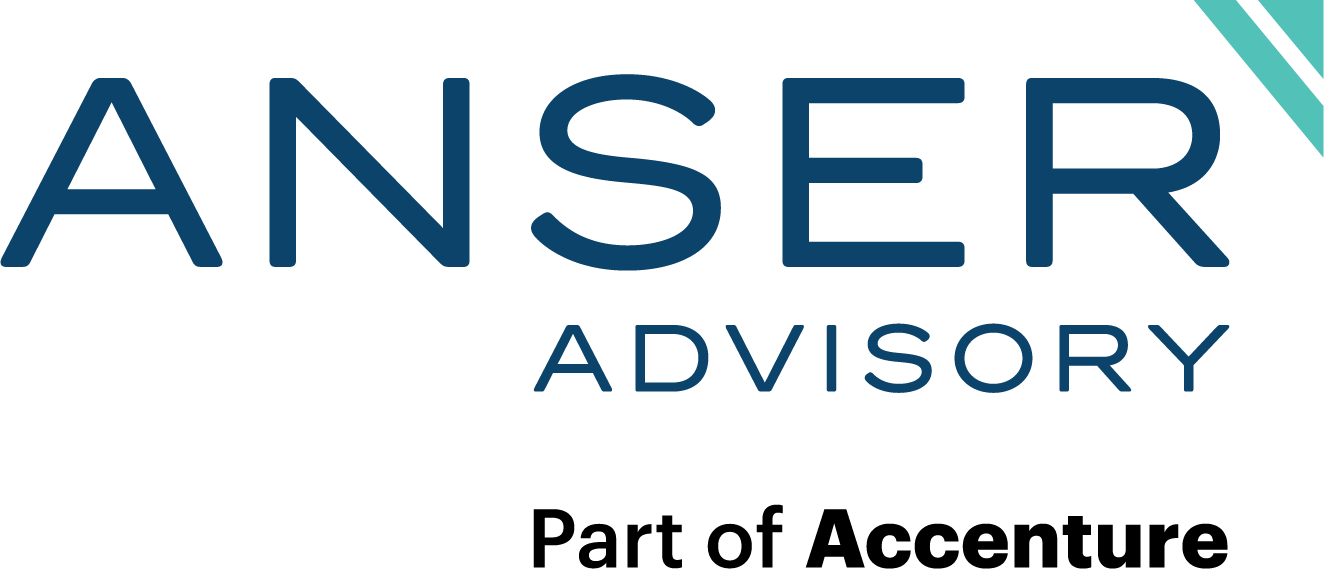Reaping Building Information Management (BIM) returns begins with owner-centric BIM. Read expert insights on how real estate owners can move beyond vendor-centric BIM.
Over the past two decades, Building Information Modeling (BIM) has solidified its place in the AEC industry by using technology to facilitate BIM-based contract documents, model coordination, and clash detection. Let’s call this traditional BIM, and it has been working well for design and construction vendors. This vendor-centric, traditional BIM is mostly about building information models and their management. The stage is set for the next phase of BIM evolution when owners take greater leadership by providing clear, concise, and consistent BIM requirements that can benefit all project stakeholders across the owner’s portfolio for the entire building lifecycle. This ensures the most important stakeholder—the owner—will receive model deliverables with the required data in a form directly consumable by the owner for their own internal use cases. This is owner-centric BIM.
Most commercial designers and contractors will use BIM software and leverage the BIM process to produce project deliverables more efficiently, whether owners require BIM or not. Architects have discovered that using BIM authoring tools like Revit can accelerate the production of contract documents with fewer documentation errors. Similarly, contractors have found that finding and resolving issues early saves time and money on a project.
After surveying 32 BIM-assisted projects, the Center for Integrated Facilities Engineering (CIFE) at Stanford University found that the use of BIM technology resulted in:
- 80% decrease in the time required to generate an expenditure quote;
- up to 40% reduction of unbudgeted project changes;
- savings amounting to up to 10% of the contract value due to timely clash detection;
- time savings of up to 7%; and
- cost estimation accuracy within 3%.
BIM is as much about building information management as it is about technology; technology has just been an enabler. BIM is rapidly evolving into a long-term, management-intensive process throughout the entire building lifecycle. Owners who are serial builders or owner-developers who maintain a large portfolio of buildings and campuses need to control the BIM processes necessary for the optimal success of enterprise-wide project delivery. The best way to control the BIM process is by authoring a comprehensive set of BIM guidelines made available to vendors during the RFP procurement process, with contractual language that gives the guidelines teeth.
This owner-centric BIM approach enables best practice implementation of BIM processes that provide a firm foundation for valuable downstream use cases beyond traditional BIM. This foundational BIM ensures that the vendor deliverables will be configured for multiple reuses of the geometry and data by the owner for the entire building lifecycle, including estimating, cost control, scheduling, operations, digital twins, and various other valuable use cases. The more times the owner can utilize foundational BIMs and their data, the more value can be derived from the BIM process, leading to stronger owner advantages.
Increasing Owner Competitive Advantage with Foundational BIM
Foundational BIM is owner-centric and translates into direct competitive advantages in project management, cost efficiency, quality control, and long-term asset management by providing:
- Enhanced Decision-Making Abilities: BIM provides detailed and accurate information about a building’s design, construction, and operational aspects. Owners who understand BIM can make more informed decisions, leading to more predictable outcomes in terms of cost, time, and quality.
- Improved Cost Management: BIM allows for more accurate cost estimations and helps track actual costs throughout the project lifecycle. Owners who are adept at using BIM can better manage budgets, avoid overruns, and increase profitability.
- Efficient Project Delivery: Understanding BIM enables owners to ensure projects are completed on time and within budget. This efficiency can be a significant competitive advantage in the real estate and construction markets.
- Higher Quality Projects: BIM facilitates better design and construction quality. Owners knowledgeable in BIM can ensure that the projects meet high standards, which is crucial for maintaining a strong reputation in the market.
- Risk Mitigation: BIM helps identify potential risks early in the project lifecycle. Owners who can effectively use BIM for risk analysis and mitigation can avoid costly errors and delays, giving them an edge over competitors who may not foresee these issues.
- Sustainability and Energy Efficiency: BIM supports sustainable building practices and energy efficiency, which are increasingly important to tenants and regulators. Owners with expertise in these aspects of BIM can develop properties that are more attractive, compliant, and cost-effective.
- Adaptability to Market Trends: The construction industry is rapidly evolving with technology. Owners who stay informed on the latest BIM technologies and practices can adapt more quickly to market changes and opportunities, keeping them ahead of competitors.
- Enhanced Communication and Collaboration: BIM promotes better collaboration among all stakeholders. by fostering stronger relationships with contractors, architects, and other partners, leading to smoother project execution and repeat business.
- Long-Term Asset Management: BIM is not just for construction; it is invaluable for the ongoing management of a building. Owners who use BIM for facility management can ensure longer asset life, lower maintenance costs, and higher tenant satisfaction.
- Differentiation in a Competitive Market: By leveraging the capabilities of BIM, owners can differentiate their properties and services in a competitive market. This can include offering advanced building features, efficiency, and technologies that appeal to modern tenants and buyers.
Register for our Next-Level BIM Workshop by November 29, 2024, or contact our BIM training team to book a group of ten or more at LearnBIM@anseradvisory.com.
About the Author
John Stebbins
Sr. Program Manager

John Stebbins is a pioneer in Building Information Modeling (BIM), with over 35 years of experience in digital design and construction technologies. He has spent 11 years aiding some of the world’s largest owners in digitally transforming their operations. John is a respected expert in BIM strategy, project planning, and execution. He has taught BIM at Orange Coast College in Costa Mesa, CA, and the University of Southern California, has delivered numerous lectures, seminars, workshops, and has led user groups throughout California and Arizona on the power of BIM.


